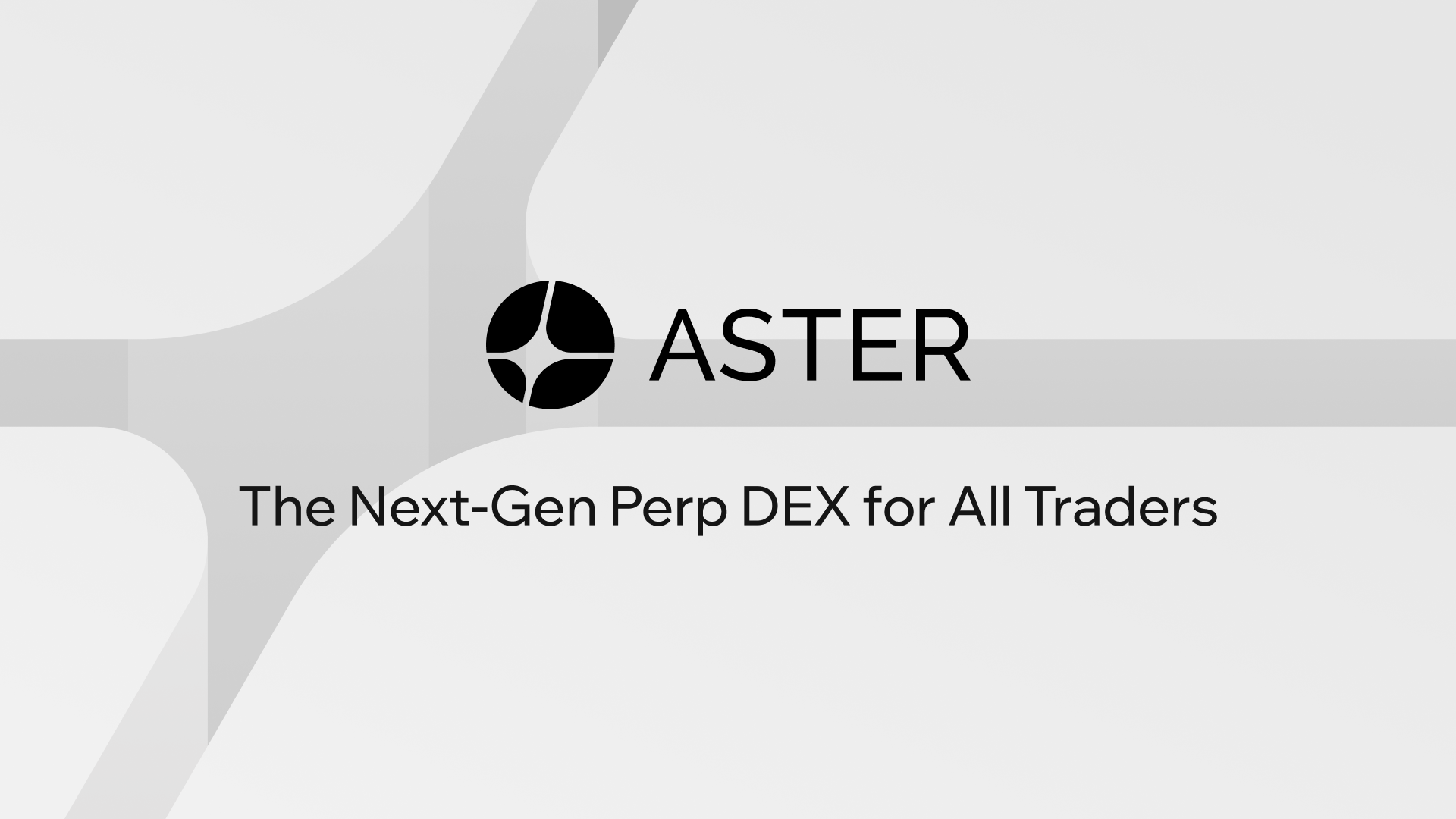29 Ago Why Polkadot DEXs + Smart Staking Are the Quiet Revolution in Yield Farming
Whoa! Polkadot’s been simmering for years. My first take was: parachains are neat, but do they actually move the needle for DeFi? Hmm… slowly, yes — and in ways that surprise even seasoned LPs. Initially I thought cross-chain hype would drown real innovation, but then I watched liquidity protocols on Polkadot solve two persistent headaches: fragmentation and cost. I’m biased, sure. I trade a lot. Still, there are patterns here that demand attention.
Here’s the thing. Low fees change behavior. Short trades become viable. Small-cap strategies become profitable. That matters for yield farmers who want to compound returns without paying away half their profits in gas. On Ethereum you can scream “MEV” and “fees” until you get hoarse, but Polkadot flips the script by making many operations cheap enough that strategy design becomes the limiting factor instead of transaction cost. Something felt off about earlier approaches — too many relied on price slippage and huge pools to hide expense — and Polkadot’s model nudges teams toward better UX and incentives.
DeFi folk tend to chase APRs. Seriously? Yup. But APR is a headline, not the whole story. Net yield after fees, impermanent loss, and token emission schedules is what people actually pocket. So I’ll walk through staking rewards vs. yield farming, mix in how a Polkadot-native DEX changes the calculus, and show why a growing number of traders are looking at alternatives to the old AMM-only playbooks. Along the way I’ll flag trade-offs, practical tactics, and the kind of pitfalls that trip up even experienced traders.

Staking rewards vs. yield farming — not the same thing
Short answer: staking secures a network; yield farming amplifies capital. Staking rewards are systemic. They reward validators and nominators for helping run consensus, and they tend to be steadier over time. Yield farming is opportunistic. It leans on protocol incentives, liquidity mining, and tactical moves between pools. The two overlap when protocols let you stake LP tokens, but they come from different economic wells.
My instinct said this would be obvious. Apparently not—many traders conflate high APRs from token emissions with sustainable yield. On one hand, emissions can inflate returns transiently. On the other hand, emissions can bootstrap liquidity quickly for a new pair if designed correctly. Initially I assumed emissions were mostly noise, though actually, when paired with disciplined token sinks or smart vesting, they can fund long-term ecosystems. The nuance matters.
Here’s a practical distinction: staking rewards are usually predictable. You can model the reward stream and estimate compounding. Yield farming returns, though sometimes higher at first, often decay as incentives taper or as competition increases. So if you need steady passive income, staking DOT or a parachain token is often less volatile than hopping across farms chasing APR spikes. That said, yield farming shines when you can time migrations, capture short-term incentives, and harvest protocol token appreciation before dilution hits.
Why a Polkadot DEX rewrites common strategies
Polkadot’s parachain design offers cheaper, faster finality for many DeFi actions. That matters because cheaper transactions let you execute complex strategies (multiple swaps, rebalances, or arbitrage) without catastrophic fee drag. In practical terms this opens up: more frequent rebalancing, more sophisticated hedges, and smaller-ticket strategies that weren’t viable on high-fee chains.
Okay, so check this out — some Polkadot DEXs are building liquidity primitives that reduce impermanent loss risk by adding concentrated liquidity or by offering hybrid AMM-book features. (Oh, and by the way, these aren’t universal; implementations vary widely.) My experience: when you pair a thoughtfully designed AMM with a staking mechanism that supports LPs directly, you get an economic loop that rewards both network security and usable liquidity.
Another real point: cross-parachain messaging makes it easier to tap liquidity scattered across specialized chains, without resorting to expensive bridges. That reduces fragmentation and centralizes depth where traders care about it. On one hand, people fear complexity. On the other hand, less fragmentation means lower slippage and more attractive swap rates for traders, which itself attracts more volume—a positive feedback loop.
How to think about risk-adjusted yields
Stop chasing APRs in a vacuum. Seriously. Effective yield = nominal APR minus expected costs (fees + slippage + impermanent loss + taxation and other frictions). Estimate each component. Project scenarios: token price up, token price down, and stable price. That gives you a band of possible outcomes. My rule: if returns only look good in the “token price doubles” world, rethink.
Practical checklist for a DeFi trader on Polkadot:
- Measure gas and transaction costs for your planned strategy. Even low fees add up with frequent harvests.
- Model IL for your pairs under realistic volatility assumptions.
- Check token emission schedules and vesting timelines—front-loaded rewards can crash APR fast.
- Prefer protocols with clear treasury sinks, buybacks, or burning mechanisms that reduce long-term dilution.
There’s a weird psychology here where traders treat farming like quick gambling. That bugs me. Farming can be disciplined. Use target rebalance rules. Set stop-losses. Treat LP positions like a bond ladder: some long-term stake, some medium tactical positions, and a few high-risk experiments.
Real examples and tactics that work
Example one: pair a stablecoin with a low-volatility oracle-backed token on a Polkadot DEX. The idea is to capture swap fees with minimal IL. It’s boring, but your net yield is less volatile and compounding works better. Example two: use a short-window liquidity incentive to onboard a new pool, then exit when incentives drop. That’s labor-intensive, but if executed well it can outperform passive staking over short horizons.
Here’s an advanced tweak: some DEXs allow staking of LP tokens that pay protocol revenue shares or additional token rewards. When those rewards are staked back into governance or token sinks, you get double benefits: you earn trading fees and you benefit from governance-driven tokenomics. I’m not 100% sure every team nails the tokenomics. Watch carefully which behaviors are rewarded and which are punished.
Also, if you’re arbitraging across parachains, automate parts of it. Manual arb on Polkadot can still be profitable because fees are low, but latency and message overhead matter. Bots that can handle message delivery failures and re-orders will win. You’ll learn fast that error-handling is where a lot of profits are preserved.
Where a decentralized exchange like this fits in
Decentralization matters for trust-minimized capital. For many traders, regulatory risk and counterparty opacity are real concerns. A user-first Polkadot DEX that prioritizes low fees, cross-parachain routing, and transparent tokenomics is an attractive place to deploy capital. If you want to check one such project, consider what the team publishes about reserve audits and incentive schedules—these details tell you whether yields are sustainable or not.
One useful resource to bookmark is the aster dex official site — the team lays out mechanics and incentive models clearly, which is refreshing in a space full of puffery. Read their whitepaper and treasury plans before moving large sums. I’m telling you this from hard experience: reading docs is boring but it saves pain.
Common trader questions
Should I stake DOT or farm on a Polkadot DEX?
It depends on goals. Stake DOT for steady, lower-volatility rewards and to participate in network security. Farm on a DEX if you’re chasing higher short-term yields and can tolerate volatility and active management. A blended approach often beats an all-in bet.
How do I reduce impermanent loss?
Pair stablecoins, use diversified pools, or leverage DEXs with concentrated liquidity options. Time your entries around volatility and consider hedging with derivatives if available. Small, frequent rebalances can help, but watch fees—it’s a trade-off.
Are token emissions sustainable?
Some are, many aren’t. Check emission schedules, vesting, and whether the protocol has real utility or token sinks. Look for governance mechanisms that can adapt emissions based on market conditions—those projects are more likely to survive long term.
Okay, to wrap up without sounding like a robot: Polkadot DEXs plus smart staking create new tactical options for yield farmers. The environment favors disciplined traders who model outcomes, not just eyeball APRs. I’m excited but cautious. There’s room for big wins, though you need real risk management to get there. Somethin’ tells me the next few quarters will show which tokenomics models actually hold up under stress… and which ones were just shiny launch hype. And yeah, I’m watching closely.

No Comments